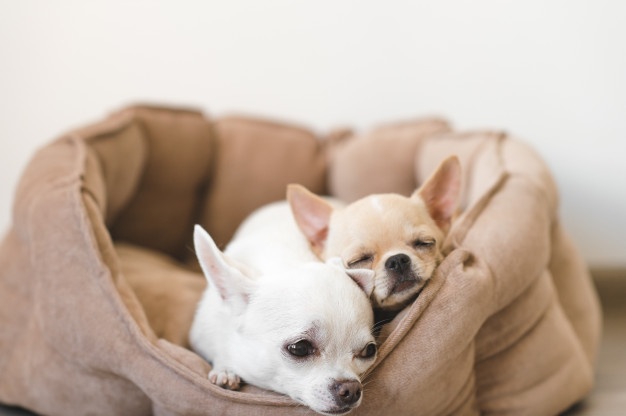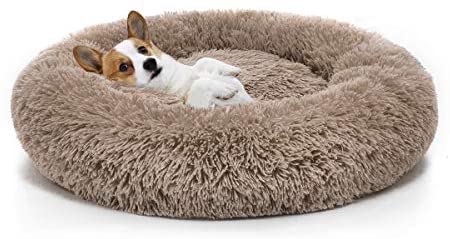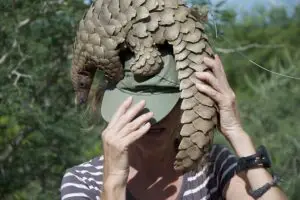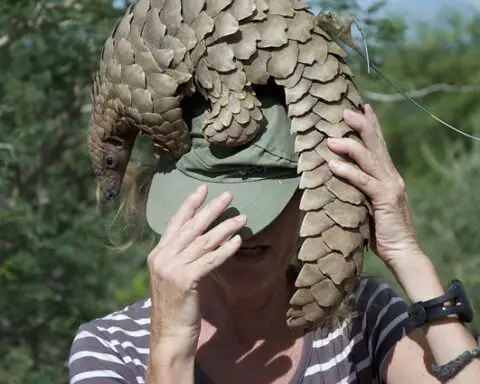Whether you are adding a new dog to your family, or you’ve had the pleasure of your dog’s company for several years, finding the right dog bed for them is always important.
There are so many different types of dog beds available, it can be hard to know which one to choose.
It may be that you know your dog’s favorite type of bed, but you want to give them another option, or you’re getting a brand new bed for the brand new puppy you are excited about, it always helps to know what your options are.
Below we’ll go through a few of the different types of dog bed.
The Different Types of Dog Beds
Plastic Dog Beds
These traditional types of dog beds have fallen out of favour in recent years, due them being quite uncomfortable, and also many people are trying to cut down on the amount of plastic they have within their homes.
These types of dog beds are made from a hard, rigid plastic, in a slightly oval shape, with a lowered side to allow entrance.
When purchased, these beds have no padding, and so will require you to line them with another dog bed, or blanket.
These beds have high sides, which can allow your dog to curl up, but the step into this type of bed can be more tricky for older dogs, or dogs with joint issues.
Plastic dog beds are very easy to clean, as they can easily be wiped or hosed down when they get dirty.

Doughnut Style Beds
These beds have become one of the most popular types in recent years. They work well as a bed for calming a dog as they are specifically designed with this purpose in mind.
Doughnut beds are exactly that, doughnut shaped. So they are round, with raised sides, and a lower portion in the middle for your dog to lie in.
These beds are usually made from very soft, comfortable material, which encourages your dog to curl and snuggle down. The raised sides and another layer of protection, the result being that these beds can really help lessen a dog’s anxiety.
Igloo Style Beds
Igloo style beds are also referred to as cave style beds, but both names are given to the same sort of bed.
These beds are another good bed for anxious dogs, or dogs that feel the cold easily. They are round at the bottom, with a portion of the bed coming over the top, in an igloo, or cave-like wya.
There is an entrance at the front which allows access for your dog, and once inside they can curl up and feel really protected from the outside world.
As these beds are covered almost all the way round, they are good for dogs that feel the cold, as the heat stays in them.
Igloo beds are also generally lined with a very soft material, to make them even more comfortable.
Bolster Dog Beds
These beds are like a soft version of the plastic beds we have already talked about.
They are usually an oval or square shape, with raised sides. However in direct contrast to the plastic beds, the bolster bed is made with a soft material that is very well padded.
These beds are another good one if you have a slightly anxious dog, or a dog that needs extra padding, for example slim breeds like sighthounds that need lots of soft padding to protect their thin skin.
Mattress Dog Beds
These are as they sound, a mattress made specifically for dogs. They can be either square or rectangular, and are a large flat mattress.
These types of beds are really good for dogs who prefer to sleep completely stretched out, as they do not have the raised sides of the other types of bed we have discussed so far.
These types of beds are well padding, ensuring that your dog is kept off of the floor in a much more comfortable way.
They can also be bought with a memory foam interior, and when they have this are normally called orthopaedic beds. These beds are really useful for older dogs, who tend to have stiff joints, or any dogs who suffer with skeletal pain.
The memory foam ensures all the pressure is taken off of their joints and bony prominences, ensuring them some pain free rest.
Raised Dog Beds
Raised dog beds are most commonly used for dogs who like to sleep outside, as keeping them off of the ground keeps them away from the cold and damp floor.
However, these beds are also very useful for dogs who are very fluffy, or otherwise susceptible to the heat.
These beds, being raised off the floor allow air circulation underneath them, thereby keeping them cooler.
What Else Should You Look For In A Dog Bed?
A good dog bed should be easily washable, accidents happen, and dogs are well renowned for getting muddy or wet and then going to lie in their beds, so having a bed that is easily washable will be a real bonus.
If the filling of the bed is not able to be put in the washing machine, such as a memory foam filling, then it would be best to have a water resistant cover, again this can be removed and washed, and there’s little chance of the filling getting ruined.
Dog beds should be non-slip, allowing your dog to get in and out easily without having to worry about falling over, particularly older or infirm dogs.
Whichever dog bed you decide on, it should be big enough that your dog can curl up in, in the case of the beds with raised sides, without being squashed, but also without having lots of empty space around them.
In the case of the flat mattress type beds, your dog should be able to fully stretch out, without any of their limbs or head falling off of the bed. In both cases, your dog should also be able to stand up and turn around without coming outside of the bed itself.












